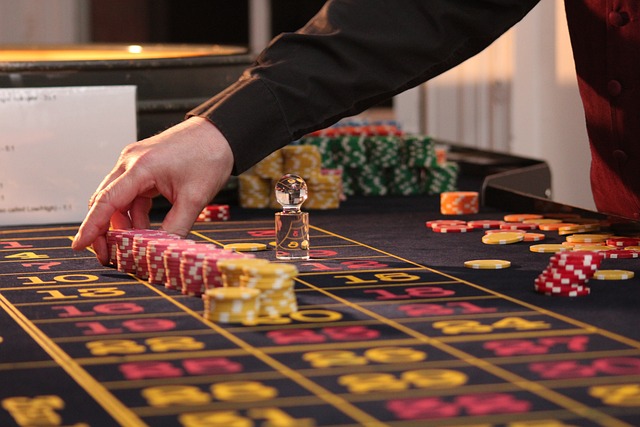Successful gambling doesn’t rely solely on luck—it requires planning, discipline, and a clear understanding of your own habits and goals. A personalized gambling strategy is a structured approach that aligns your budget, risk tolerance, game preferences, and playing style into a plan that maximizes entertainment while minimizing unnecessary losses. Whether you’re a casual player or a serious bettor, building a strategy tailored to your individual needs can lead to smarter decisions, better outcomes, and a more enjoyable overall experience.
Define Your Gambling Goals and Risk Tolerance
Every personalized strategy starts with defining your goals. Are you gambling for fun, to stretch a budget across long sessions, or to aim for occasional high-stakes wins? Your answer will determine everything from the types of games you play to the bet sizes you choose. It’s also critical to understand your risk tolerance—how much volatility you’re comfortable with. High-risk strategies may suit players looking for big payouts, while risk-averse players might prefer games with smaller, more frequent wins. Aligning your risk level with your emotional comfort helps reduce impulsive decisions and improves long-term satisfaction.
Choose the Right Games for Your Style

Your game selection should reflect both your goals and your preferences. If you’re looking for fast-paced entertainment with frequent interaction, slots or live dealer games may appeal to you. For a more strategic challenge, poker, blackjack, or sports betting can provide deeper engagement. Understanding the house edge and RTP (Return to Player) of each game helps you choose wisely. Slot players can even select volatility levels based on how they want their sessions to play out. Meanwhile, table games with low house edges and clear strategies are better for those who like consistent play and better odds. Choose games that fit your rhythm and offer the kind of experience you enjoy most.
Set and Manage Your Bankroll
A strong gambling strategy is built on bankroll management. Start by deciding how much money you’re willing to allocate for gambling—this should be a fixed amount that won’t affect your daily finances. From there, break it into smaller units or sessions, based on your average bet size and how long you plan to play. Avoid chasing losses and always stop when your set limit is reached. Many seasoned players use the 1–5% rule, meaning they never bet more than 1–5% of their total bankroll on a single wager. This conservative approach helps you stay in control during both winning and losing streaks, making your sessions more predictable and sustainable.
Track Results and Adjust Over Time

Once your strategy is in place, the next step is to track your results. Keep a log of your wins, losses, games played, and bet sizes. Over time, this record helps you identify patterns—such as which games are most profitable for you, how your betting behavior changes under pressure, or whether your strategy is working as intended. A personalized approach is not static. It should evolve with your experience, performance, and changing interests. Regular reviews allow you to refine your strategy, tighten discipline, and drop ineffective habits. Tracking also adds structure and accountability, making you a more informed and strategic gambler over time.
Include Responsible Gambling Tools
A personalized gambling strategy should always include responsible gambling measures. Use built-in tools like deposit limits, loss limits, time trackers, and cool-off periods to help you stay on track. These features act as guardrails, ensuring that gambling remains a form of entertainment rather than a source of stress or harm. Self-awareness is a core part of a personalized strategy—recognize when you’re playing emotionally, when you’re tired, or when you’re no longer enjoying the experience. Strategies are most effective when they not only aim to maximize wins but also protect your well-being and financial health.
